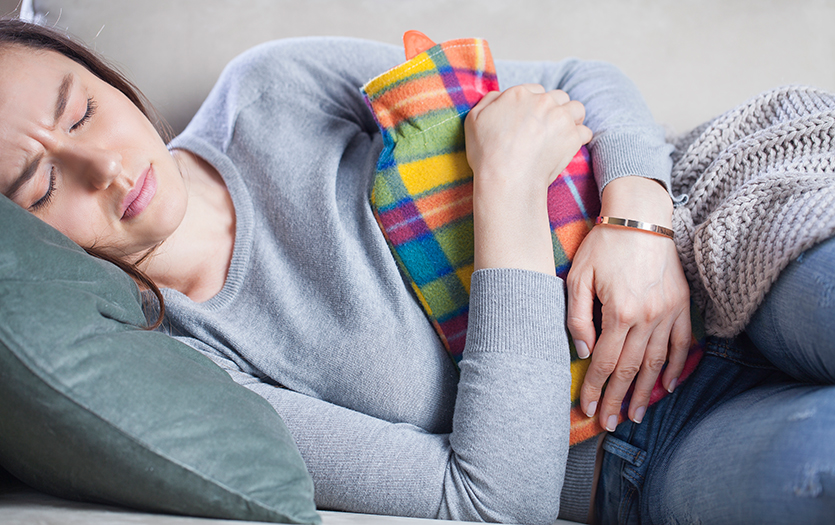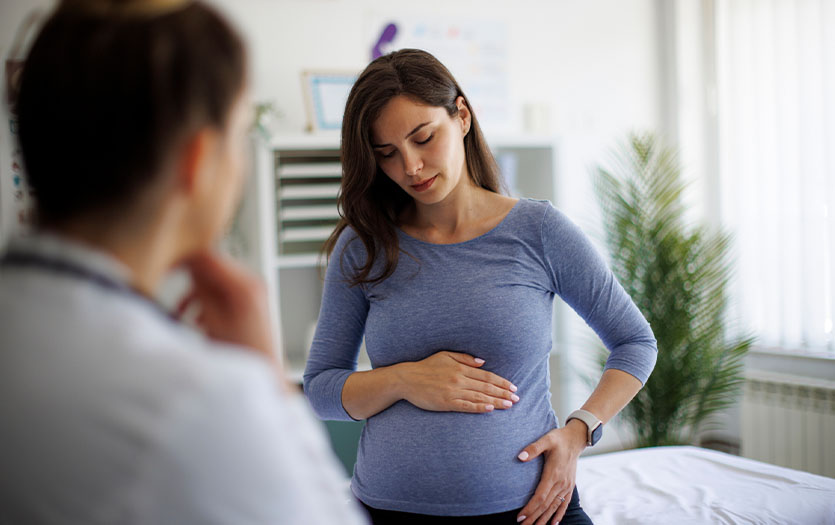Practicing safe sleep is one of the most important things you can do to help ensure your child celebrates their first birthday. As parents prepare to have their baby, there will be no shortage of information from the hospital, pediatrician’s office, home visitor, WIC nutritionist and other community organizations regarding the practice and how to properly follow safe sleep guidelines. So, to help caregivers get ready for this exciting new chapter of life, we asked Erin Norton, RN, BSN, MBA, director of Community Outreach, Parkview Women’s & Children’s Hospital, to review the safe sleep procedures while also highlighting their importance and offering helpful tips for families to follow.
A safe sleep overview
When people talk about “safe sleep,” they are referring to the environment in which a baby sleeps and how they are positioned within the space. Research has shown that some environments and sleep positions are safe while others are not. The surest way to avoid poor outcomes is for all caregivers to practice safe sleep every time they lay a baby down at night or for a nap, ensuring the child is sleeping as safely as possible.
Safe sleep strategies
It seems simple enough, right? The safe sleep guidelines are relatively straightforward, but adhering to them can be more challenging than you think. As a new parent, you will be tired. You will feel exhausted like never before. In these moments, it’s tempting to do what’s “easy,” even if it isn’t the best or safest option. However, planning for these moments can be extremely helpful. So, let’s take a look at some safe sleep strategies to help set you up for success:
Optimize your child’s safe sleep environment. Babies should sleep close to caregivers but not on the same sleep surface. This is called room-sharing, which the American Academy of Pediatrics recommends doing until your child’s first birthday. A baby should never share sleep surfaces with siblings, adults or pets and must not sleep in an area not specifically indicated for infant sleep like swings, bouncy seats, recliner chairs, couches, adult beds, or in a car seat when not actively riding in a vehicle. Babies should sleep in a crib, bassinet or Pack ‘n Play with a firm surface and a tight-fitting crib sheet. Avoid blankets, pillows, bumper pads, stuffed animals and all types of soft bedding. Also, the bars on cribs should be a maximum of 2 3/8 inches apart. If a standard-size can of soda fits through, it is too wide.
Additionally, the air in a child’s safe sleep environment must be smoke-free. The room’s temperature should be comfortable for an adult, and dressing baby similar to parents or caregivers will help avoid overheating. Utilize wearable blankets or sleep sacks for warmth while avoiding blankets or hats.
Position your baby on his or her back. Babies should always sleep on their backs. Understandably, some parents worry that babies will choke if they spit up while lying in this position, but there is no need to worry. An infant’s neck anatomy is designed to allow any spit-up that doesn’t roll out of the mouth to drain back into the stomach. However, if placed on their tummy or side, there is an increased risk for drainage into the baby’s lungs. Additionally, if placed on their back, infants can breathe in the fresh air instead of re-breathing the air they just exhaled when placed on their tummy, which isn’t as oxygen-rich.
If you choose to swaddle, take care. Swaddling isn’t a safe sleep guideline, and it won’t protect your baby, but it is used for comfort. Parents and caregivers can swaddle infants until they are about two months old or whenever they are capable of rolling over. With that said, getting the swaddle just right is crucial. If it’s too loose, the blanket could pose a suffocation risk. If too tight, it could restrict the baby’s breathing. Try aiming for a snug wrap. And remember, you must always place a swaddled baby on his or her back.
A note for infants with special needs
Sometimes, babies requiring special care in the Neonatal Intensive Care Unit (NICU) get placed in alternative sleep positions due to medical issues or complications. However, it’s important to note that this is done only during their hospital/NICU stay. These infants are under constant supervision by hospital staff and eventually transition into back sleeping as they grow and develop. Some NICUs even celebrate the day a baby graduates into safe sleep.
Extra measures to ensure your baby sleeps safely
Preparing for various scenarios and situations is a great idea, but you don’t have to go it alone. To help, here are a few more tips and reminders to help ensure your baby sleeps safely while giving you a little peace of mind:
- Be sure to educate all your baby’s caregivers, including older siblings, grandparents, childcare providers and babysitters. Consistently practicing safe sleep, no matter who is watching your baby, is critical.
- As a new parent, exhaustion will kick in at some point, so be sure to identify trusted individuals who can assist when you need to rest. There is no shame in taking a break or asking for help.
- Make sure you obtain a crib or Pack ‘n Play before your child’s birth. If you can’t afford one, please reach out. There are community agencies that can help. Don’t let baby go even one night in an unsafe sleep environment.
- Think ahead about what safe sleep environment will work best for your family. Bassinets are typically light and portable but get outgrown quickly. Cribs last longer but aren’t easy to move. Pack ‘n Plays are portable. Remember, the best option is the one, or combination of options, that you’ll use correctly and consistently.
- Consider breastfeeding your baby. Your home visitor, WIC nutritionist or hospital lactation consultant can help you prepare. Breastfeeding has many benefits for both mom and baby, including being a protective factor against SIDS.
- If you can, try to quit smoking. If you don’t feel like you are at a point where stopping is possible, try reducing the frequency and be sure to never smoke around the baby.
- Be skeptical of special monitors or devices that make claims of preventing SIDS. There is no data that supports this. Unfortunately, these devices can give parents and caregivers a false sense of security.
If you or another trusted caregiver have additional questions about safe sleep, Parkview Community Nursing offers Safe Sleep education, free of charge.



